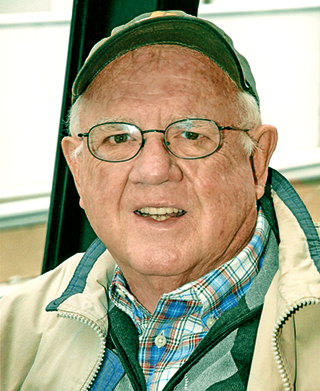.png)
AT 29 YEARS OF AGE, Nick Jorgensen has never operated any tillage equipment. Inspired by the native prairie system in south central South Dakota, his family began implementing no-till practices in the 1980s that are now helping them dramatically trim costs.
Located at Ideal, S.D., Jorgensen Land and Cattle Co. includes a highly diversified cash crop and beef cattle operation on nearly 13,000 acres of no-tilled ground along with 7,000 acres of native prairie grazing ground.
A Numbers Guy
When it comes to explaining the cost-savings, Nick has the records to back up how no-till and soil health save $100 per acre and $350 per head annually in their beef cattle operation.
1. No-till saves $50 per acre on fuel and equipment costs.
2. Grazing cattle on cash crop and cover crop acres cuts feed and manure management costs by more than $2 per day.
3. Having a hoof on every acre increases soil organic matter by an average of 0.75% per year, reaching 5% organic matter on much of their crop ground over the last 15 years.
4. Increased organic matter reduces fertilizer costs by $50 per acre without any loss in yields.
5. Following diversified six-plus cash crop and cover crop rotations reduces weed pressure, cutting herbicide costs.
6. Cover crops not only improve soil health, but they provide valuable fall grazing for the family’s cow-calf operation and the hundreds of Angus and commercial seedstock bulls they sell and lease each year to other livestock producers.
In addition to saving hundreds of thousands of dollars in operational costs, Nick says no-till builds the soil’s organic matter, increases its water-holding capacity and lets wildlife thrive.
Managing Moisture
Nick’s dad, Bryan, started no-tilling in the 1980s to eliminate summer fallow and move away from a traditional wheat operation.
“By switching to no-till, we immediately saved an immense amount of time, labor and fuel,” Bryan says. “Capturing and saving the little moisture we get in the winter and spring was a driving force for going no-till. We knew wheat stubble was where the most moisture was captured throughout the course of the year, so it was a logical place to start no-tilling.”






